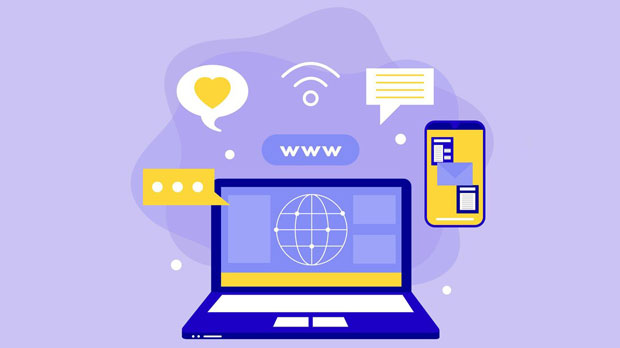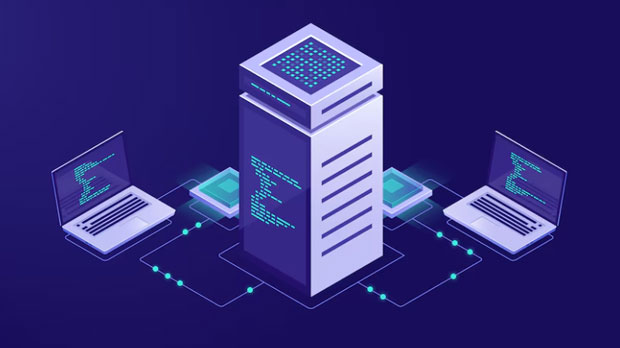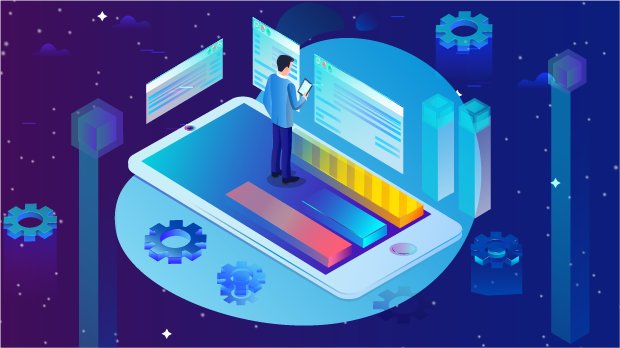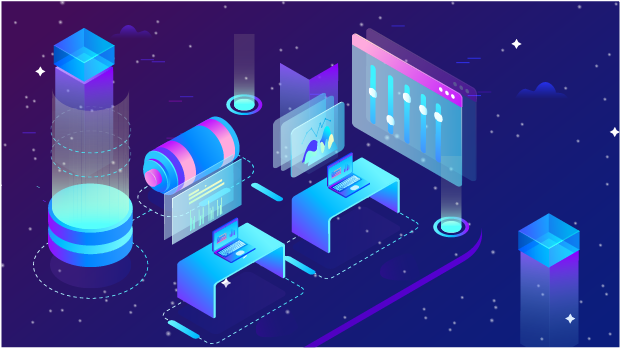In today's digital age, ensuring secure and private online communication is more important than ever. HTTPS (Hypertext Transfer Protocol Secure) is a fundamental technology that ensures data between the user and the server remains encrypted. However, when using proxy services like PYPROXY and Kickass Proxy, the level of security provided may vary. This article will compare the HTTPS security of both proxies, evaluating factors like encryption standards, trustworthiness, privacy policies, and potential vulnerabilities. Our goal is to help users make informed decisions regarding which proxy service offers the highest level of reliability and protection. Understanding HTTPS Security and Its ImportanceBefore diving into the specifics of PyProxy and Kickass Proxy, it's essential to understand the basics of HTTPS and why it matters for secure communication. HTTPS uses SSL/TLS encryption to safeguard data between the client and server, ensuring that the information exchanged cannot be intercepted or tampered with. This encryption is vital for protecting sensitive data, such as login credentials, personal details, and financial information, especially when accessing websites or services over the internet.When proxies are introduced into the equation, they serve as intermediaries between the client and the server, relaying requests and responses. However, proxies can introduce additional security risks if not configured correctly or if the service provider does not prioritize encryption and privacy. Therefore, understanding the level of HTTPS security offered by proxies is crucial for users seeking to maintain their data privacy and security.PyProxy: Features and Security AnalysisPyProxy is a popular proxy service that promises to provide secure, anonymous browsing. Let’s explore its features and the security measures it implements to protect HTTPS connections.Encryption StandardsPyProxy uses SSL/TLS encryption to secure data transmission between the user and the proxy server. This encryption is a standard practice for any reliable proxy service, ensuring that all communication is private and protected from man-in-the-middle attacks. The service claims to use robust encryption methods, such as AES-256, for encrypting user traffic, which is one of the strongest forms of encryption available today.Trustworthiness and Privacy PoliciesPyProxy emphasizes user privacy by not logging any personally identifiable information. The proxy service’s policy of zero logs is a significant advantage for users concerned about their online privacy. However, it is essential to review the privacy policy in detail to ensure that the service does not retain any session data or metadata that could compromise user anonymity.Despite the claims of privacy, some users have raised concerns about the transparency of the service’s operations. Without clear auditing mechanisms or independent third-party verification, it is difficult to fully trust that no data is being collected or shared with third parties. Additionally, users should be cautious about proxies that operate in jurisdictions with weak data protection laws, as these could expose users to legal risks.Vulnerabilities and Potential RisksWhile PyProxy offers HTTPS encryption, some users have reported intermittent connection issues that could affect the reliability of the service. Furthermore, the service’s use of shared IP addresses could expose users to risks associated with the actions of other proxy users. For instance, if another user engages in malicious activities, it could result in the blacklisting of the IP address, affecting all users sharing that address.Additionally, there have been reports of DNS leaks, where users' real IP addresses are exposed despite using the proxy service. This could undermine the privacy and security that HTTPS aims to provide. Therefore, while PyProxy does offer strong encryption, users should remain vigilant and regularly check for potential leaks or other vulnerabilities.Kickass Proxy: Features and Security AnalysisKickass Proxy is another widely used service that claims to provide fast and secure browsing by acting as an intermediary between the user and the destination website. Let’s analyze its HTTPS security features and overall reliability.Encryption StandardsKickass Proxy also employs SSL/TLS encryption to ensure secure data transmission. Like PyProxy, it utilizes industry-standard encryption to protect user traffic from eavesdropping and tampering. The service claims to use advanced encryption protocols, but specific details about the exact encryption standards (such as AES-256) are not readily available, making it difficult to assess its robustness compared to PyProxy.Trustworthiness and Privacy PoliciesKickass Proxy’s privacy policy has been a point of contention. Unlike PyProxy, Kickass Proxy does not clearly state whether it follows a zero-logs policy. This lack of transparency raises concerns about the potential retention of user data and how it might be used or shared. For privacy-conscious users, this is a significant drawback, as it introduces uncertainty regarding how their data is handled.Moreover, some Kickass Proxy users have reported experiencing issues with the service’s reliability, especially during high traffic periods. This could result in slower connection speeds, dropped sessions, or even the exposure of user data if the proxy fails to properly secure the connection.Vulnerabilities and Potential RisksWhile Kickass Proxy offers HTTPS encryption, it is not immune to vulnerabilities. Similar to PyProxy, users have raised concerns about potential DNS leaks, which could expose their real IP addresses. Additionally, Kickass Proxy has been subject to various security incidents in the past, including accusations of malware distribution via compromised proxies. Such incidents undermine the trustworthiness of the service and make it less reliable for users seeking a secure browsing experience.Another risk with Kickass Proxy is its lack of a clear reputation or independent audit. With no third-party verification of its security claims, users must rely on the service’s own assertions regarding encryption and privacy practices, which is not ideal for those who prioritize transparency and accountability.Comparison of PyProxy and Kickass ProxyWhen comparing PyProxy and Kickass Proxy in terms of HTTPS security, several factors come into play.Encryption QualityBoth services use SSL/TLS encryption, but PyProxy offers more detailed information about its encryption standards, such as using AES-256 encryption. Kickass Proxy does not provide the same level of transparency, making it difficult to assess whether its encryption is on par with PyProxy’s.Privacy and Logging PoliciesPyProxy stands out in its commitment to a zero-logs policy, ensuring that no personal data or session information is stored. In contrast, Kickass Proxy lacks clarity on its logging practices, raising concerns about the potential for user data to be logged and shared with third parties. This makes PyProxy the more reliable choice for privacy-conscious users.Reliability and PerformancePyProxy’s performance is generally good, though some users have reported connection issues. Kickass Proxy, on the other hand, has been criticized for its inconsistent service, with slower speeds and occasional session drops. Users have also encountered problems with DNS leaks, which are concerning from a privacy standpoint.Reputation and TrustworthinessPyProxy enjoys a better reputation in the proxy service market due to its transparency and focus on privacy. While it is not without its flaws, it is generally seen as a more reliable service than Kickass Proxy, which has been involved in several security incidents over the years.In conclusion, when evaluating the HTTPS security of PyProxy and Kickass Proxy, PyProxy emerges as the more reliable option. It offers stronger encryption standards, a clearer privacy policy, and a better reputation in the industry. While Kickass Proxy does offer HTTPS encryption, its lack of transparency, privacy concerns, and history of security incidents make it a less reliable choice for users who prioritize secure online communication.Ultimately, users should carefully consider their needs and the level of security required before choosing a proxy service. For those seeking a reliable and secure browsing experience, PyProxy stands out as the more trustworthy option.
Oct 29, 2025



































































